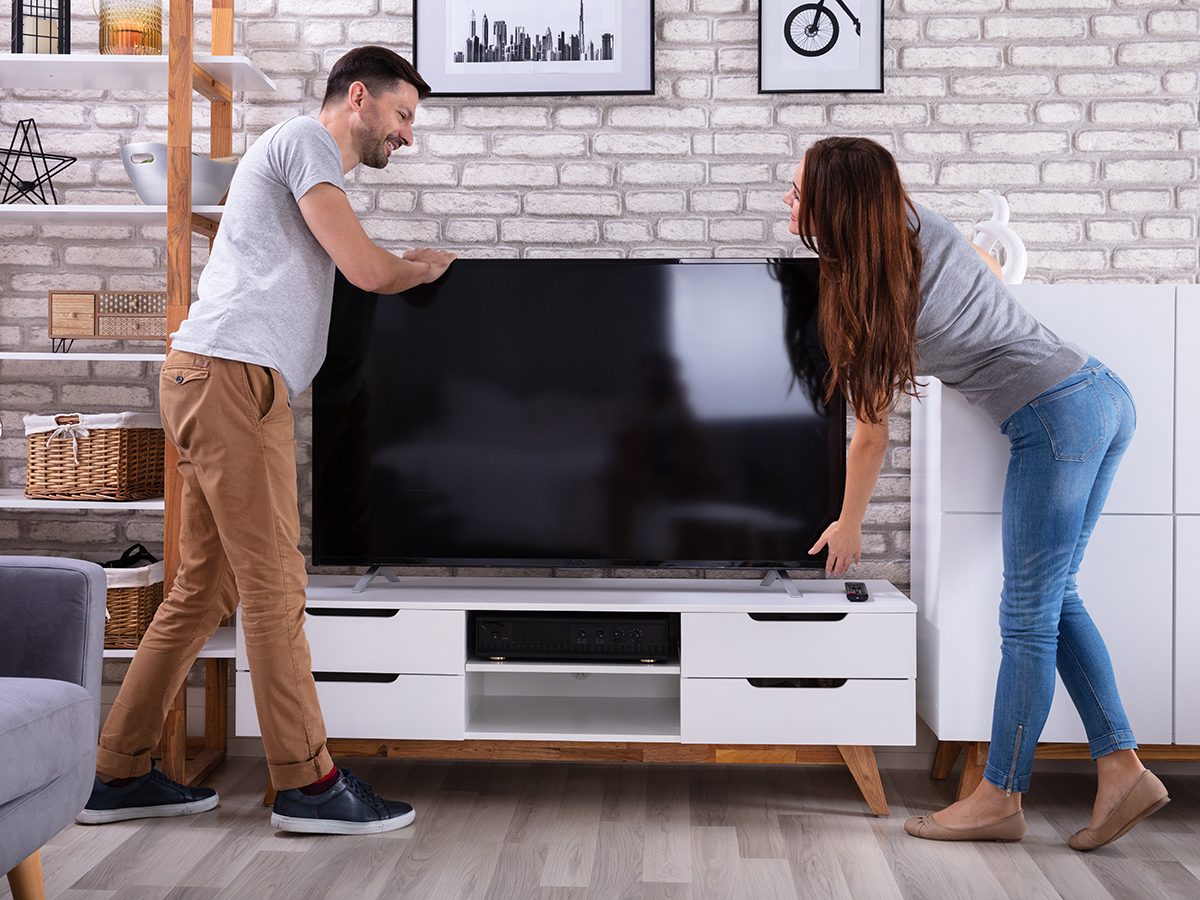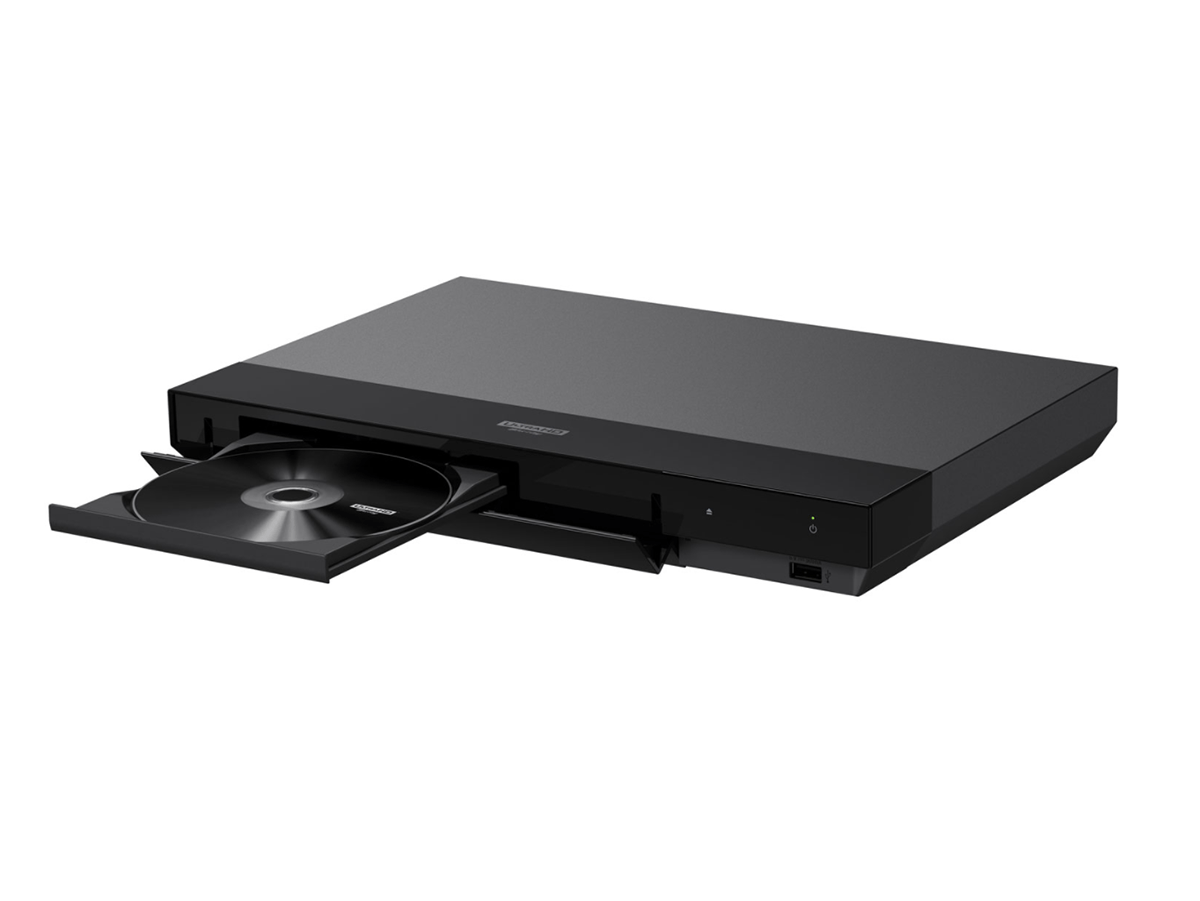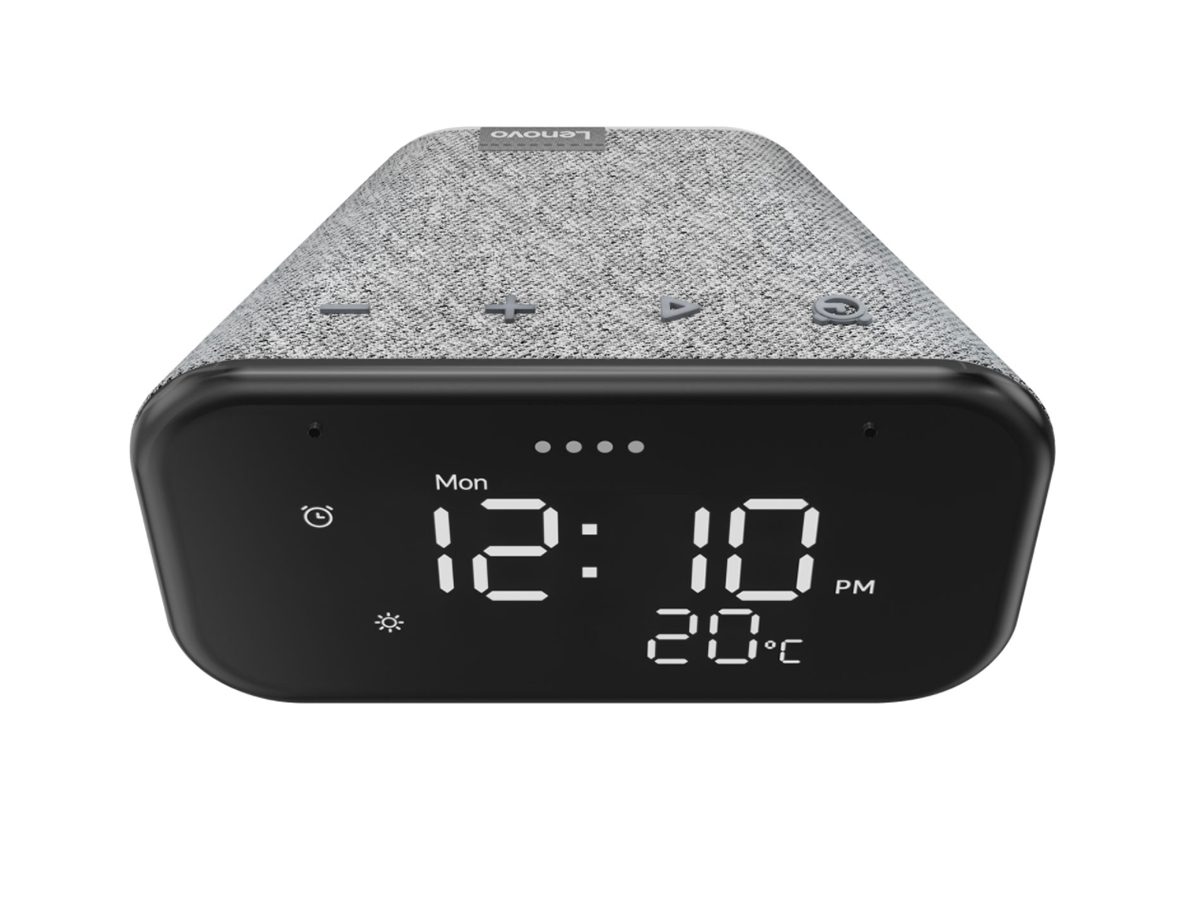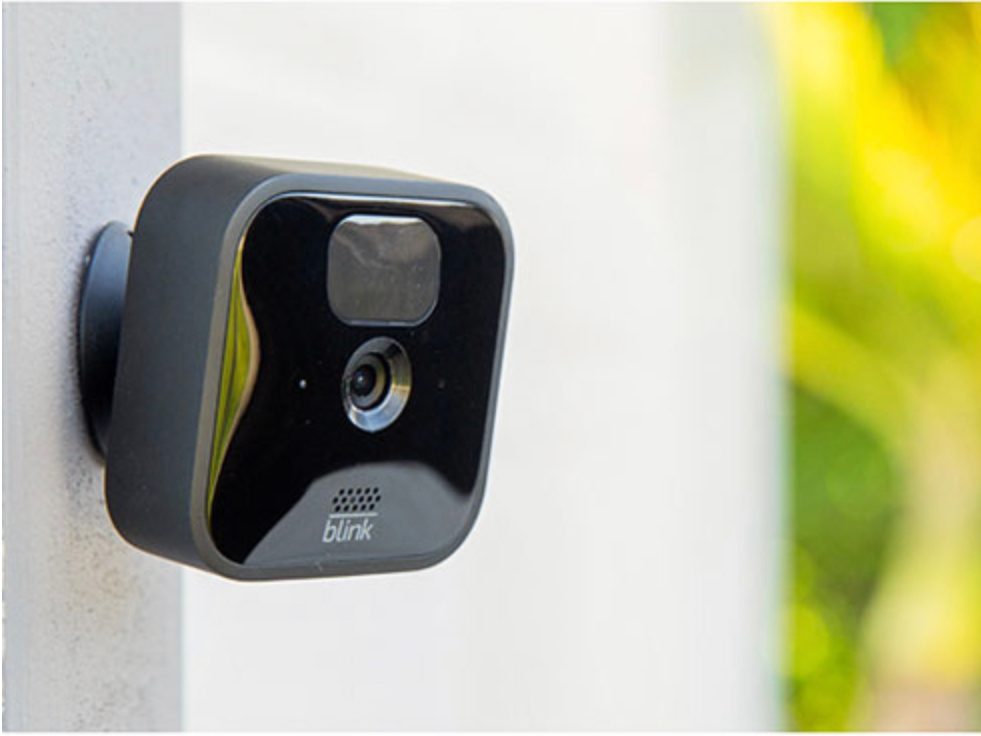
What You Need to Know Before Buying a New TV
When it comes to buying a new TV, choosing the right size for your space is only the beginning. We spoke to Allan Kambeitz, tech expert and Best Buy Canada’s vice president, merchandising, about the different types of TVs on the market, as well as the questions you need to ask yourself when shopping for a new TV.
Will you buy an LCD or LED TV?
One of the major distinctions between TVs is how they’re lit. LCD (short for “liquid crystal display”) TVs are lit by CCFLs (cold cathode fluorescent lights), while LED (“light emitting diode”) TVs use tiny individual lights to illuminate each pixel on the screen. Although LED TV images are usually brighter and are capable of greater contrast, they tend to be more expensive than LCDs. What’s more, LED technology allows for flatter screens, and increased energy-efficiency—one of the reasons most lightbulbs produced today are LED themselves. “And, as the technology continues to improve, they’ve made LEDs smaller and smaller so you might hear terms like ‘micro-LED’ where they’re squeezing in even more tiny lights,” says Kambeitz.
Want to upgrade your LED?
QLED (“quantum dot LED”) TVs use even smaller, more vivid LEDs that emit individual colours when lit. Because QLEDs are so bright, Kambeitz says they’re great for window-filled spaces that receive a lot of natural light. Plus, QLEDs tend to be more affordable than the other LED upgrade, OLEDs.
OLED stands for “organic light emitting diodes”—the newest generation of LED TVs. In these types of TVs, the LEDs are made of organic matter like carbon, which allows for a much thinner screen and a more detailed display. The biggest selling point of OLED TVs are their incredible contrast, as brightness can be controlled down to the last pixel. Although they’re the priciest of all screen options on the Canadian market today, OLEDs are a worthy splurge for cinephiles who want to see every detail.
What resolution do you need?
The terms “HD” and “4K” refer to a TV’s resolution: the more pixels in a TV screen, the higher the resolution and the more realistic the image.
HD TVs (also called “1080p”) measure 1920 pixels across and 1080 down. “That was the HD standard for a long, long time, and there are still some lower-end TVs that have 1080p,” says Kambeitz.
4K TVs (also called “ultra HD”) have a higher resolution (3840 pixels across and 2160 down), so the pixels are packed more tightly together and provide a crisper image. Today, 4K TVs are pretty standard, and even a lot of inexpensive TVs have 4K resolution.
Do you want to stream video from your TV?
If so, you’ll likely want to look for a Smart TV. “Smart TVs essentially have a small computer built into them,” says Kambeitz. With that computer, you can download apps like Netflix or Disney+ that let you access your streaming services directly through the TV without any additional hookup. Some TVs also let you connect to your home’s smart systems (like your security camera, for example), so you can control them from your TV.
What size of TV do you want?
Size is measured across the diagonal of the TV screen, and Kambeitz recommends that you always get the biggest size your space (and budget) can accommodate. “No one ever regrets getting the biggest size,” he says. That doesn’t necessarily mean breaking the bank, though, as the cost of big screens is continually being driven down. According to Kambeitz, a few years ago, anything bigger than 65 inches would’ve cost upwards of $10,000. This year, Best Buy advertised a 75 inch TV that hovered around $900.
However, there is a price jump when TVs get bigger than 75 inches. “Once you get above a 75-inch box, the TV doesn’t even fit properly on a pallet, so being able to move a single unit is more difficult,” Kambeitz says.
Where are you planning on installing your new TV?
Mounting your TV on the wall looks sleek, saves on floor space, and can protect your new device from curious children or pets. But if you’re planning on mounting your TV, make sure you get a mount that’s designed to fit your TV (especially if you’re getting something massive). If you’re thinking of placing your TV on a stand, make sure you have a stand (or piece of furniture) substantial enough to support your new TV (and all your accessories like game consoles, BluRay players, and speakers).
Make sure you never do this to your new flat screen TV.

What You Need to Know Before Buying a New BluRay/DVD Player
Though many people have turned to streaming video like Netflix and Amazon Prime Video, BluRay and DVD players are still important home entertainment devices in many homes, especially for film buffs who enjoy watching their favourite flicks in high resolution.
Do you want a BluRay player or a DVD player?
Although BluRay players can play BluRays and DVDs, DVD players can only play DVDs. If you’ve got a collection of CDs from the pre-streaming era, you’re in luck—you can play your entire collection on either device. (That said, you might want to upgrade your TVs sound system or connect it to a wireless speaker for better audio than your TV speakers can provide.)
Do you need a BluRay player with a USB input?
Some BluRay players let you connect your computer via USB so you can play any content you’ve downloaded. If you have a massive collection of movies, music, or TV on your laptop or desktop, this might be something to consider.
What type of TV are you going to use in conjunction with your BluRay player?
If you have a 4K TV, pairing it with a BluRay player that also has 4K capabilities will allow you to watch your favourite movies in theatre quality. You can also buy 4K-quality BluRay discs to experience a crisper, cleaner image than standard HD. Plus, 4K movies are souped up with premium sound so you can really immerse yourself in the experience.
Furthermore, if you don’t already have a Smart TV, a WiFi-enabled BluRay player will allow you to use your TV like a Smart TV.
Excited to stream video using your new devices? Check out the best movies on Netflix Canada right now.

What You Need to Know Before Buying a Smart Home Assistant
Also known as a virtual assistant, a smart home assistant is a device that can help perform household tasks, like turning on the lights, controlling your home temperature, and playing music. Smart home assistants work by connecting to your home’s WiFi and interacting with WiFi-enabled household items, which may include lightbulbs, thermostats and speakers.
Do you want a smart speaker or a smart display?
There are two main types of smart home assistants: speakers and displays. With speakers, you can give verbal commands. (Think, “Alexa, turn up the volume!”) As a bonus, smart home speakers can also be used to play music and usually have fairly good audio quality.
Smart home displays, on the other hand, perform a lot of the same functions as speaker-based models, but also have a touch-screen interface that can be used to browse photos and make video calls. Typically, displays are a bit more expensive than speakers—especially when compared to the mini version of some smart speakers.
How much of your home do you want to be covered?
A lot of smart speakers have affordable mini versions that perform a limited number of tasks. If you only rely on your smart speaker for things like listening to music and basic verbal commands (like setting an alarm), a mini could be a great way to save. Minis can also be paired with other more elaborate devices throughout the home to create a smart system with whole-home coverage.
Learn how to spot the red flags someone is stealing your WiFi.

What You Need to Know Before Buying a Home Security System
Everybody wants to feel safe in their home, and a home security system is a great way to protect yourself (and your belongings) 24/7.
Are you on the market for a wired or wireless home security system?
As the names imply, wired systems connect sensors via physical cords and cables while wireless systems rely on WiFi or radio signals. According to Kambeitz, wireless systems are a lot more versatile, as you don’t have to worry about running cords throughout the house. Their downside, however, tends to be their dependency on WiFi (how reliable is the signal from your router?), and the fact that they’re usually battery operated: you may need to recharge or change batteries frequently to ensure your home security system is operational.
Do you require smart connectivity?
Other common features among wireless home security systems include smart connectivity (which connects your system to WiFi and sends information to your smartphone or computer for easy monitoring) and backup systems (which keep your security system working in the event of a power outage). Cameras are another common feature, with many popular options on the market offering night version capabilities and motion detection which sends alerts to your monitoring device when the camera senses movement.
Not convinced you’d benefit from a home security system? Find out seven sneaky ways burglars can break into your house.